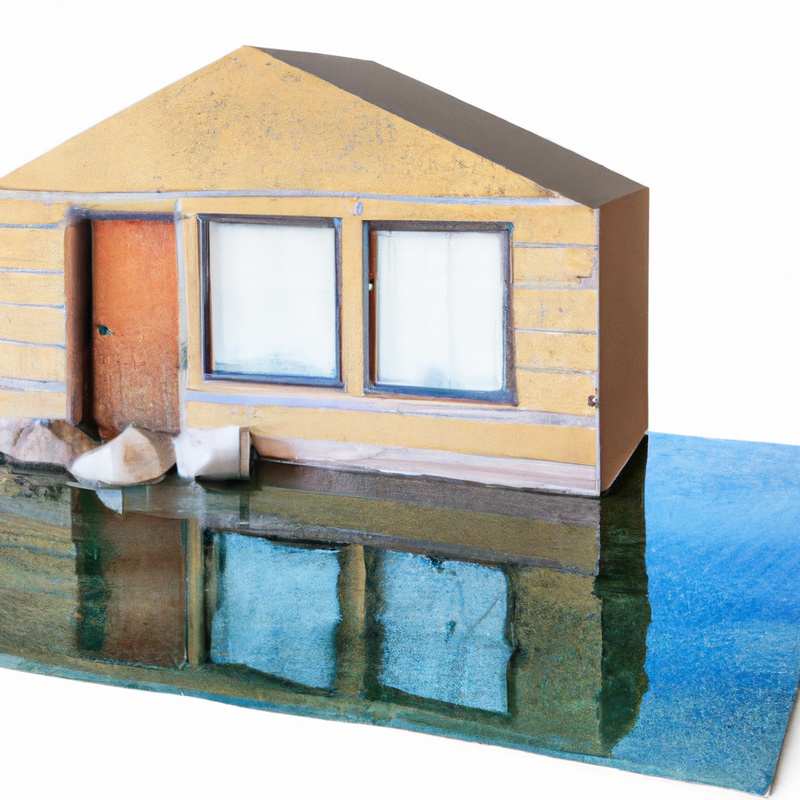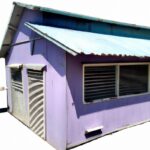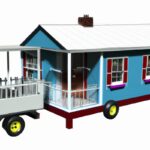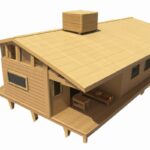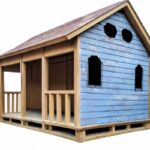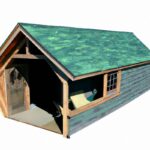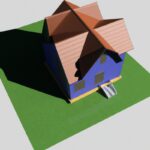Key Takeaways:
- Urban areas often present challenges for parking tiny houses due to restrictions and lack of available space.
- Rural and suburban locations tend to offer more flexibility and options for parking tiny houses.
- It’s crucial to research local zoning regulations and obtain necessary permits before parking a tiny house.
- RV parks, tiny house communities, and private land agreements are popular options for tiny house owners seeking suitable parking locations.
Are you drawn to the simplicity and freedom of tiny house living? Imagine having your very own cozy, eco-friendly sanctuary on wheels, allowing you to embrace a minimalist lifestyle and explore new horizons.
But where can you park this dream home on wheels?
Fear not, dear reader, for I am here to guide you through the maze of choosing the perfect location for your tiny house. From legal restrictions and affordability to access to amenities and environmental considerations, we will explore the factors that will help you make the best choice.
Join me as we dive into the world of tiny house parking and uncover the hidden gems that await.
Location |
Reasons |
|---|---|
Rural Areas |
|
Mobile Home Parks |
|
Friends’ or Family’s Property |
|
Backyards of residential properties |
|
Communal living communities |
|
Factors to Consider when Choosing a Park for a Tiny House
Legal restrictions and regulations
When it comes to parking a tiny house, it’s important to be aware of the legal restrictions and regulations in your area.
These guidelines can vary depending on the location, so it’s crucial to do your research and understand what is allowed.
Some areas may have specific zoning laws or building codes that need to be followed.
Additionally, you may need to obtain permits or licenses to legally park your tiny house.
By staying informed and adhering to the regulations, you can ensure a smooth and hassle-free parking experience for your tiny house.
Cost and affordability
Cost and affordability are important factors to consider when choosing a park for a tiny house.
You’ll want to assess the monthly rental fees, as well as any additional costs such as utilities or amenities.
Look for parks that offer competitive rates and provide value for the price.
It’s also worth researching if there are any hidden fees or potential increases in rent.
Keeping a close eye on the costs can help ensure that parking your tiny house is financially feasible in the long run.

Access to amenities and facilities
Access to amenities and facilities is an important factor to consider when choosing a location to park your tiny house.
You’ll want to ensure that you have convenient access to essential amenities such as water, electricity, and sewage hookups.
Look for parks or communities that provide these services, as well as additional facilities like laundry facilities, showers, and recreational areas.
Being able to access these amenities can greatly enhance your living experience in a tiny house.
Environmental considerations
When choosing a location to park your tiny house, it’s important to consider the environmental impact. Here are some key environmental considerations:
- Sustainable practices: Look for parks or communities that prioritize sustainability and implement eco-friendly practices, such as renewable energy sources, recycling initiatives, and water conservation measures.
- Natural surroundings: Consider parking your tiny house in areas that offer beautiful natural surroundings, such as parks or private land with trees and green spaces. This not only enhances your living experience but also promotes a connection with nature.
- Wildlife preservation: Ensure that your chosen location respects and protects wildlife habitats. Avoid areas where your tiny house may disrupt or harm the local ecosystem.
- Proximity to nature activities: If you enjoy outdoor activities, look for a location that offers easy access to hiking trails, rivers, lakes, or other natural attractions. This allows you to fully appreciate and engage in the natural environment.
By considering these environmental factors, you can contribute to a sustainable and nature-friendly living experience in your tiny house.
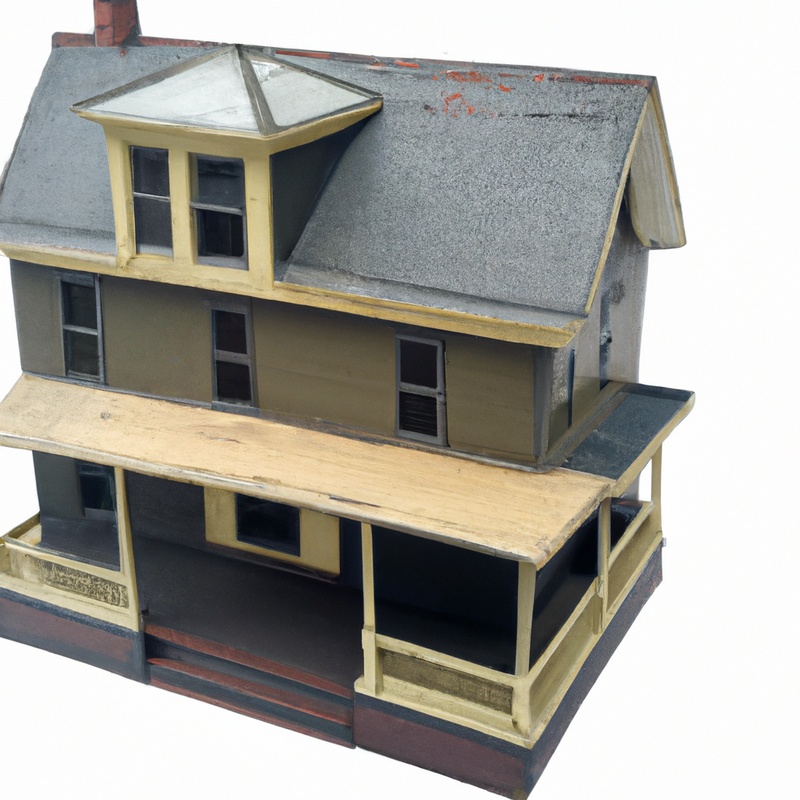
Best Locations for Parking a Tiny House
RV parks and campgrounds
RV parks and campgrounds are popular and convenient options for parking a tiny house.
These locations are specifically designed to accommodate recreational vehicles, including tiny houses on wheels.
They often provide amenities such as electrical hookups, water, and sewage connections.
RV parks and campgrounds also offer a sense of community, with shared spaces and organized activities.
Plus, they are usually located in scenic areas, allowing you to enjoy nature and outdoor activities.
Just ensure you research and adhere to any specific rules or regulations set by the park or campground.
Tiny house communities
Tiny house communities are a fantastic option for parking your tiny home.
These communities are specifically designed to accommodate tiny homes and offer a sense of community and support.
They often provide amenities such as shared spaces, laundry facilities, and social events.
Living in a tiny house community can be a great way to meet like-minded individuals and share resources.
Many communities have specific guidelines or requirements, so it’s important to do your research and find one that aligns with your values and needs.
Backyard parking options
One great option for parking a tiny house is in your own backyard. This provides convenience and a sense of familiarity since it’s on your own property.
Just make sure to check local regulations and zoning laws beforehand to ensure it’s allowed.
Another advantage is that you have easy access to your own amenities like water and electricity. Additionally, you can customize the space to your liking and create a cozy haven right in your backyard.
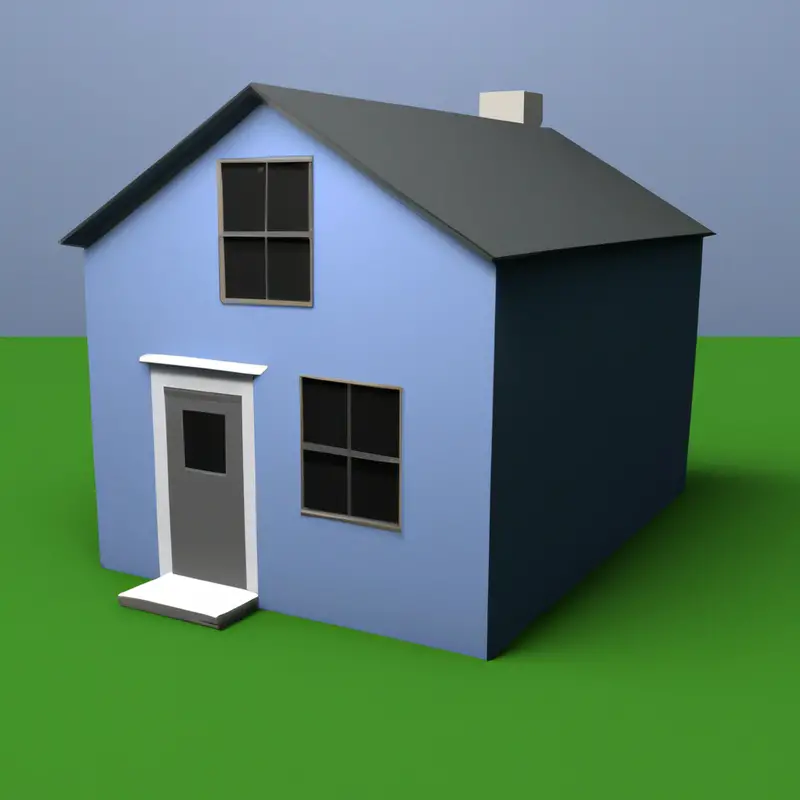
Public land and national parks
Public land and national parks can be great options for parking a tiny house. They often offer beautiful surroundings, access to hiking trails, and a sense of community.
Many public lands have designated areas for RVs and campers, which can be used for parking a tiny house as well.
However, it’s important to check the specific regulations for each park, as some may have restrictions on the length of stay or require a permit. Additionally, be mindful of leaving a minimal impact on the environment when parking on public land.
Pros and Cons of Different Parking Locations
RV parks and campgrounds
RV parks and campgrounds are popular options for parking a tiny house. They offer designated spaces with amenities like water and electricity hookups, waste disposal facilities, and communal areas.
Many RV parks also provide recreational activities and social events.
However, availability may vary depending on location and season. Some drawbacks include potential noise from neighboring RVs and limited privacy.
It’s important to verify any restrictions or regulations before parking your tiny house in an RV park or campground.
Tiny house communities
Tiny house communities are a great option for parking your tiny house.
These communities are specifically designed to accommodate tiny house living, with dedicated spaces and infrastructure.
They offer a sense of community and shared resources, such as common areas and amenities.
Living in a tiny house community can provide a supportive and like-minded environment, where you can connect with others who share your lifestyle choice.
However, availability and location of these communities may vary, so it’s important to research and find one that suits your needs.
Backyard parking options
Backyard parking is a popular option for parking a tiny house.
It offers convenience, affordability, and a sense of privacy.
Here are some benefits of backyard parking:
- Convenience: Parking your tiny house in the backyard allows for easy access to your home and belongings. You’re just a few steps away from everything you need.
- Affordability: Renting a space in a backyard is often cheaper than other parking options. It can be a cost-effective solution for people looking to save money.
- Privacy: Backyard parking offers a level of privacy that might not be available in other locations. You have your own space to enjoy and customize as you like.
- Familiarity: Parking in a backyard allows you to stay in a familiar neighborhood or even on your own property. You can maintain connections with neighbors and the community.
Remember to check local regulations and obtain any necessary permits before parking in a backyard.
Communication with the homeowner or landlord is also essential to ensure a positive parking experience.
Public land and national parks
Public land and national parks can be great locations to park a tiny house. These areas often provide beautiful natural surroundings, recreational activities, and a sense of tranquility.
However, it’s important to note that each park may have its own regulations and restrictions when it comes to parking a tiny house.
Some parks may only allow RVs or have limited time restrictions. Make sure to research and comply with the rules before parking your tiny house in a public land or national park.
Tips and Considerations for Parking a Tiny House
Research and due diligence
Research and due diligence are essential when it comes to parking a tiny house.
Before settling on a location, it’s crucial to thoroughly research and gather information.
Look into zoning laws, local ordinances, and regulations regarding tiny houses.
Check if the location is suitable for your needs and if it meets any specific requirements or restrictions.
Additionally, it’s worth reaching out to local authorities or neighbors to understand any potential concerns or issues.
Taking the time to do your due diligence can help prevent headaches and ensure a smooth parking experience.
Building relationships with neighbors and local authorities
Building relationships with neighbors and local authorities is essential when parking a tiny house. It’s important to introduce yourself and be respectful to your neighbors, as they can provide valuable support and information.
Additionally, maintaining a positive relationship with local authorities can help you navigate any zoning or code issues that may arise.
Communicate openly, address concerns, and be a good neighbor to foster positive relationships within your community.
Understanding zoning laws and codes
Understanding zoning laws and codes is essential when parking a tiny house.
Zoning laws determine where and how tiny houses can be parked legally.
It is important to research and become familiar with the specific regulations in your area to avoid any potential legal issues.
Codes may dictate the size, structure, and utility requirements for tiny houses, so make sure your tiny house meets all the necessary standards.
Consulting with local authorities or hiring a professional can help you navigate the complexities of zoning laws and codes effectively.
Off-grid parking options
Off-grid parking options for a tiny house offer the opportunity to live independently without relying on traditional utilities. Some options include:
- Remote private land: Look for landowners who allow off-grid parking for a fee.
- National Forests or BLM land: Many public lands allow dispersed camping for extended periods.
- Tiny house communities: Some communities offer off-grid parking spaces.
- Homesteading or agricultural properties: These may allow you to park your tiny house in exchange for help with chores.
- Mobile tiny house: Design your tiny house to be fully self-sufficient with solar panels, rainwater collection, and composting toilets.
Remember to research local laws and regulations, and obtain any necessary permits or agreements before parking off-grid.
Final Verdict
When it comes to choosing the best location to park a tiny house, there are several factors to consider.
Legal restrictions and regulations, cost and affordability, access to amenities and facilities, as well as environmental considerations all play a role in the decision-making process.
RV parks and campgrounds, tiny house communities, backyard parking options, and public land and national parks are all viable options.
Each location comes with its own set of pros and cons, so it’s important to weigh them carefully.
Ultimately, thorough research, building relationships with neighbors and local authorities, understanding zoning laws, and exploring off-grid parking options are crucial for a successful and fulfilling tiny house living experience.
